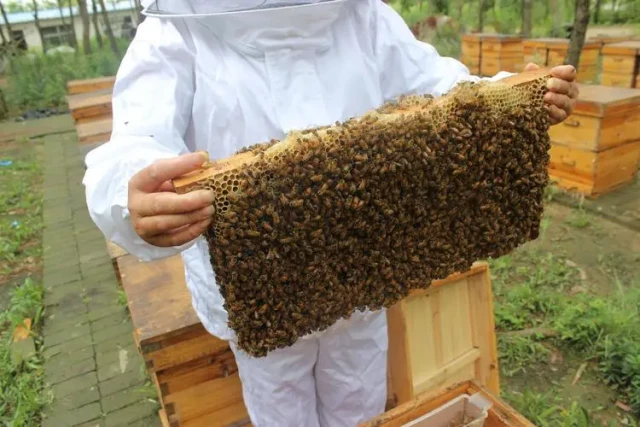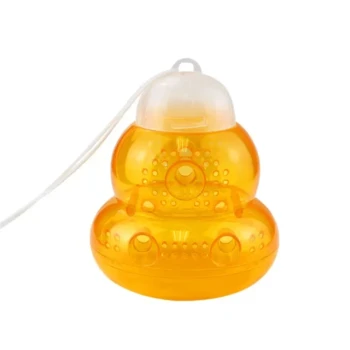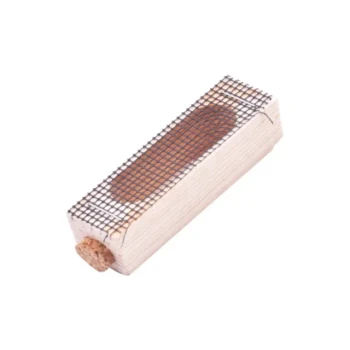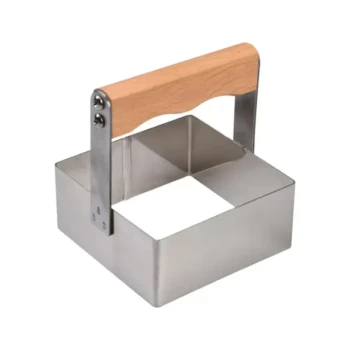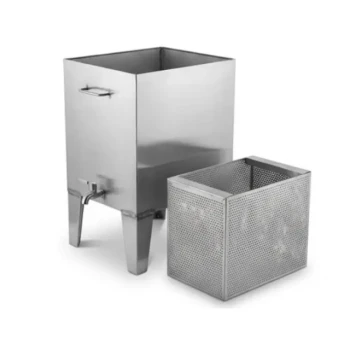Winter poses unique challenges for honeybee colonies, but proactive beekeepers can significantly improve survival rates. This guide combines physiological insights with practical interventions to help your hives thrive in cold climates.
The Critical Role of Winter Bees in Colony Survival
Winter bees—a specialized cohort born in late fall—are the linchpin of hive resilience. Unlike summer bees that live for weeks, winter bees survive for months by undergoing remarkable adaptations.
Physiological Adaptations: Fat Bodies and Longevity
- Fat storage: Winter bees develop larger fat bodies (nutrient-rich tissues) to sustain energy during food scarcity. Research shows these reserves support immune function and longevity.
- Delayed aging: Reduced brood-rearing duties slow cellular aging, allowing winter bees to live 4–6 months versus summer bees’ 6-week lifespan.
Behavioral Shifts: Cluster Dynamics and Resource Conservation
- Thermoregulation: Bees form tight clusters, shivering wing muscles to generate heat. The outer layer insulates the core, where temperatures stay above 50°F (10°C) even in freezing conditions.
- Resource efficiency: Colonies minimize movement to conserve honey stores, consuming just 1–2 pounds per month in well-managed hives.
Key takeaway: Supporting these natural adaptations is the foundation of winter preparedness.
Beekeeper Interventions for Winter Preparedness
Pre-Winter Hive Nutrition and Feeding Protocols
-
Supplemental feeding:
- Provide 2:1 sugar syrup (2 parts sugar to 1 part water) in fall to stimulate fat-body development.
- Pollen substitutes (e.g., soy-based patties) boost protein reserves critical for brood rearing in early spring.
- Honey stores: Ensure 60–80 lbs of honey per hive—equivalent to 8–10 deep frames—before temperatures drop.
Insulation Techniques and Humidity Control
- Windbreaks: Use straw bales or wooden panels to reduce heat loss from hive sides.
- Moisture management: Condensation kills more colonies than cold. Install quilt boxes or moisture boards to absorb excess humidity.
- Ventilation: A small upper entrance prevents CO₂ buildup while maintaining cluster warmth.
Monitoring and Mitigating Winter Colony Collapse
- Heft tests: Lift hive corners monthly to assess food weight. Light hives may need emergency fondant.
- Pest vigilance: Treat varroa mites in late fall; infestations weaken bees’ immune systems before winter.
Pro tip: Wrap hives with black tar paper in snowy regions to absorb solar heat without overheating.
Case Studies and Long-Term Resilience
Success Stories from Arctic Beekeeping Operations
- Alaska apiaries report 90%+ survival rates using double-walled hives with R-5 insulation and internal candy boards for emergency feeding.
- Swedish beekeepers extend foraging seasons by planting late-blooming heather, reducing winter feed dependency by ~30%.
Data-Driven Impact of Proactive Management
Colonies receiving fall mite treatments and nutritional support show:
- 50% higher survival rates compared to untreated hives.
- Faster spring buildup, with 20% more worker bees ready for early nectar flows.
Final thought: Winter bee care isn’t just survival—it’s an investment in next season’s productivity.
Ready to Elevate Your Winter Beekeeping?
Equip your apiary with HONESTBEE’s wholesale beekeeping supplies—from insulated hive wraps to mite-resistant foundation frames. Trusted by commercial beekeepers, our solutions help you build resilient colonies that weather the coldest months.
Act now: Partner with HONESTBEE to prepare your hives for winter’s challenges.
Visual Guide
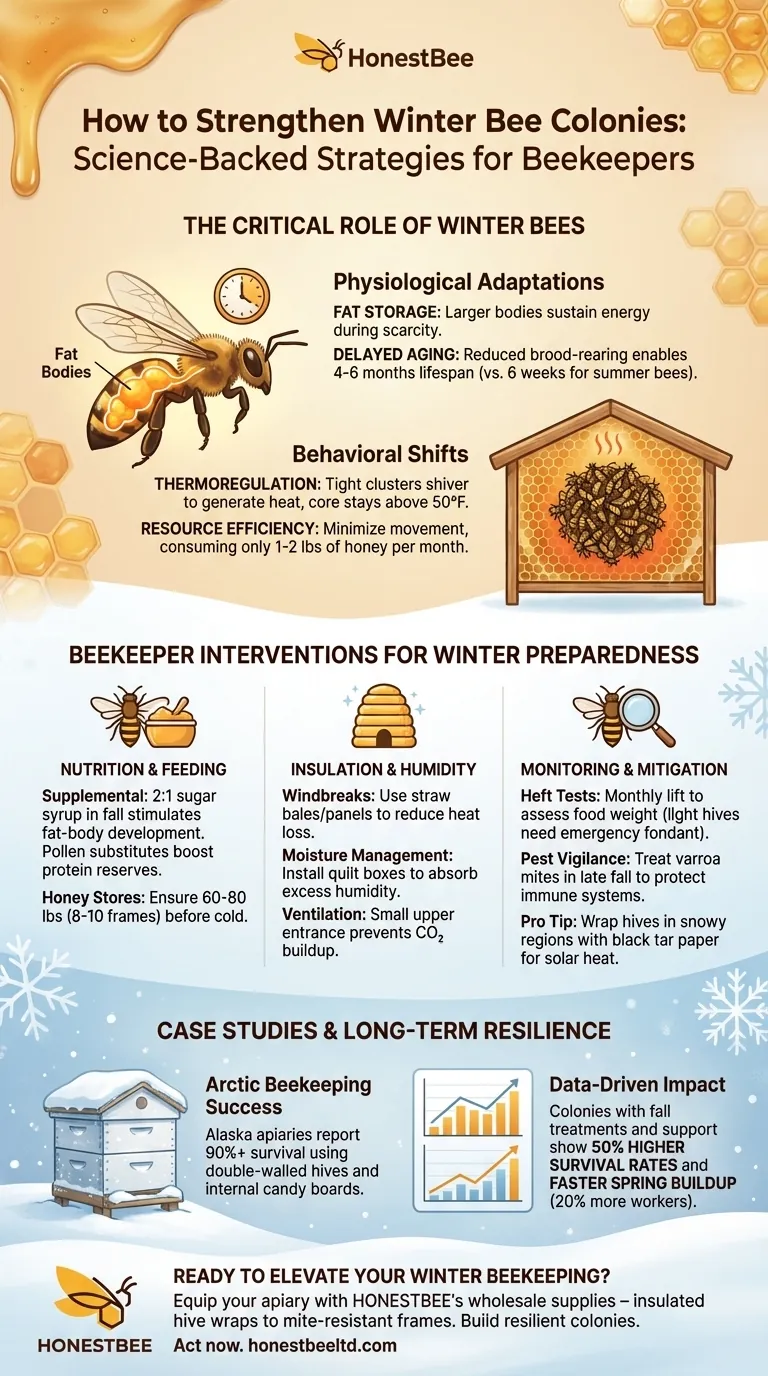
Related Products
- Professional Bamboo Queen Isolation Cage
- Heavy Duty Cowboy Beekeeper Hat with Visibility Veil Outdoor Professional Beekeeping Protective Gear
- Professional Pneumatic Wire Embedder for Beehive Frames
- Black Plastic Beetle Barn Hive Beetle Trap for Beehives
- Stainless Steel Honey Bee Smoker Hive and Honeycomb Smoker for Beekeeping
Related Articles
- Metal Queen Excluders: The Long-Term Solution for Healthy, Productive Hives
- Comprehensive Guide to Installing a Queen Bee
- How Oxalic Acid Eliminates Varroa Mites While Protecting Honey Bees
- Winter Beekeeping Mastery: How to Balance Hive Insulation and Ventilation
- Spring Beekeeping: Essential Steps for a Productive Season
